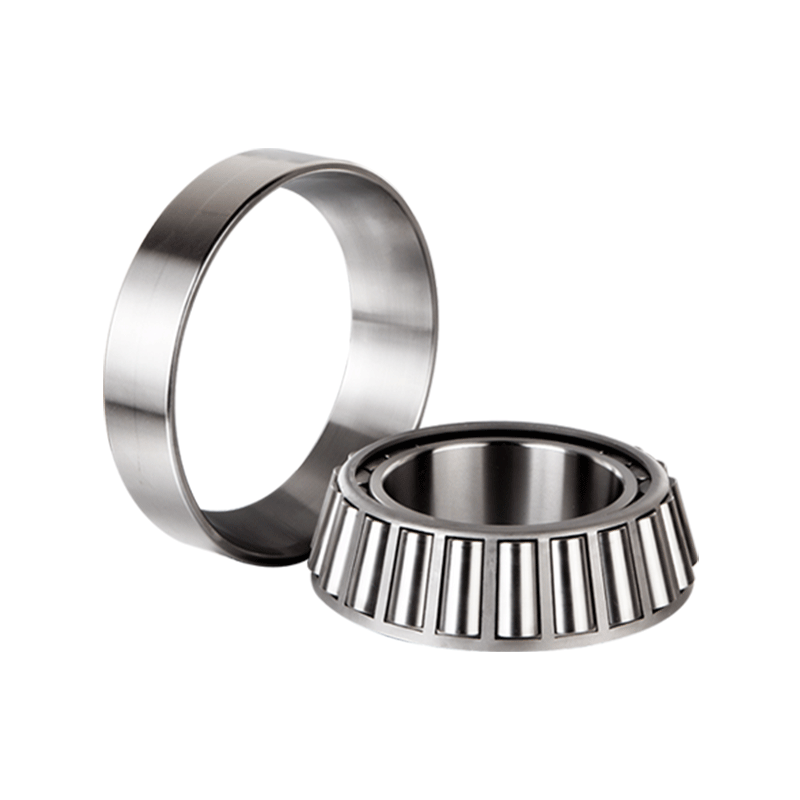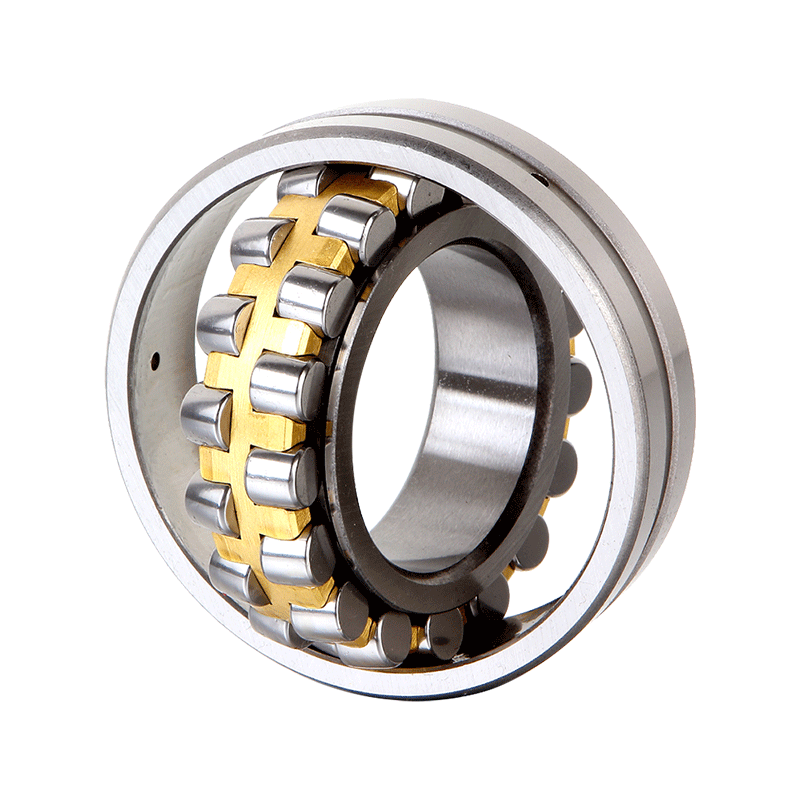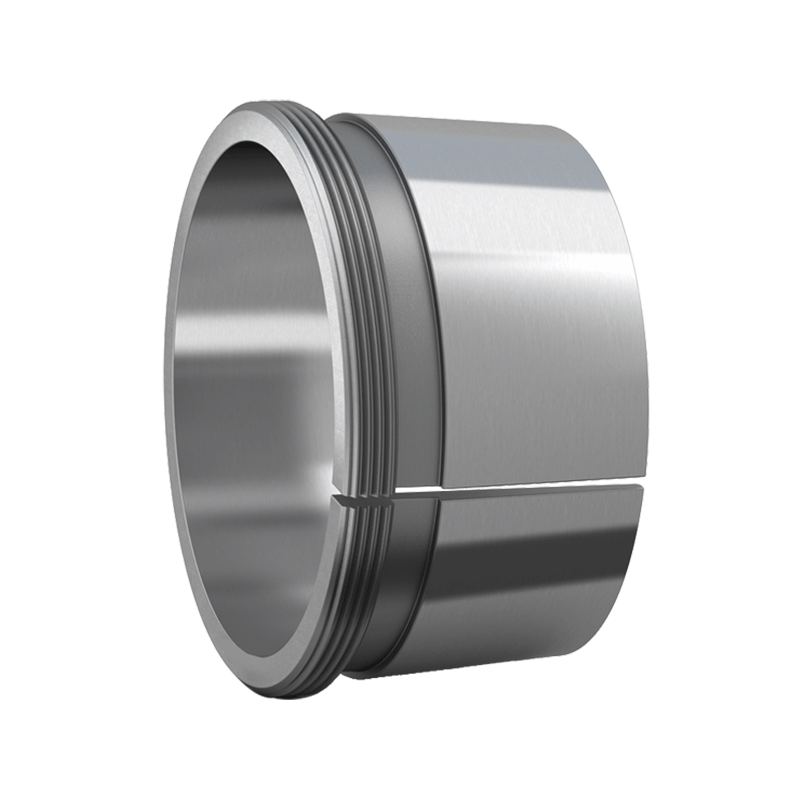The key feature of Four Row Cylindrical Roller Bearings that enables them to handle both radial and axial loads is their arrangement of four rows of cylindrical rollers. In these bearings, the rollers are placed in parallel rows within the bearing housing, with each row having its own set of load-bearing paths. This multi-row configuration allows the bearing to accommodate large radial loads across multiple rows of rollers while simultaneously handling axial forces via the geometry and positioning of the rollers. Radial Load Distribution: The radial loads, which act perpendicular to the shaft, are primarily absorbed by the cylindrical rollers in the outer rows. These rollers are in contact with the inner and outer raceways and distribute the radial force evenly across the bearing surface, reducing localized stress and minimizing wear. Axial Load Handling: Axial loads, which are parallel to the shaft, are handled by the design of the bearing raceways and the contact angle of the rollers. The axial forces are shared by the rollers in the inner and outer rows of the bearing, and the raceways are angled to accommodate this type of load. The axial load components are transferred from the shaft to the bearing’s housing and raceways through the rollers, ensuring that the axial load is distributed across the multiple rows of rollers.
The arrangement of the rollers within the bearing is designed to optimize the bearing’s performance under both radial and axial loads. In a typical Four Row Cylindrical Roller Bearing, the rollers are placed in slightly angled or axial configurations, depending on the bearing design. This positioning ensures that the axial loads are absorbed effectively while allowing the radial loads to be distributed evenly across the bearing. Radial Load Absorption: The design of the bearing allows the rollers to contact the raceways in a way that the radial loads are split across multiple rows of rollers. Since four rows of rollers are in place, the radial load is shared between the rows, reducing stress on individual rollers and increasing the overall load capacity. Axial Load Absorption: For axial loads, the rollers are typically arranged with a slight angularity in the raceways. This angle allows the bearing to handle axial forces without excessive displacement or deformation. The four-row configuration provides more roller contact areas, allowing for efficient transfer of axial loads without compromising the overall stability of the bearing.
One of the key advantages of the four-row design is its ability to balance both types of loads—radial and axial—across multiple rows of rollers. This ensures that no single row of rollers is subjected to excessive forces, reducing the likelihood of premature wear or failure. The design minimizes localized stress concentrations that could lead to bearing damage under heavy load conditions. By distributing the load across more contact points, the bearing can effectively handle large forces without sacrificing longevity or performance.
The contact angles between the rollers and the raceways are specifically engineered to optimize load distribution. When axial forces are applied, these contact angles ensure that the load is transferred efficiently from the rollers to the raceways, maintaining the stability of the bearing. In some designs, the raceways may have a slight taper or chamfer that further enhances the bearing's ability to absorb axial loads while maintaining radial load support. Radial Load: The rollers in the outer rows are oriented primarily to support radial loads and align with the radial direction of force. These rollers help prevent excessive deformation and maintain the smooth rotation of the bearing under high radial forces. Axial Load: The inner rows of rollers are typically angled in such a way that they can support axial loads. The axial components of the load are transmitted through these rollers and into the bearing housing. This results in minimal deflection and ensures the bearing can continue to operate efficiently under varying axial load conditions.


 English
English Deutsch
Deutsch























